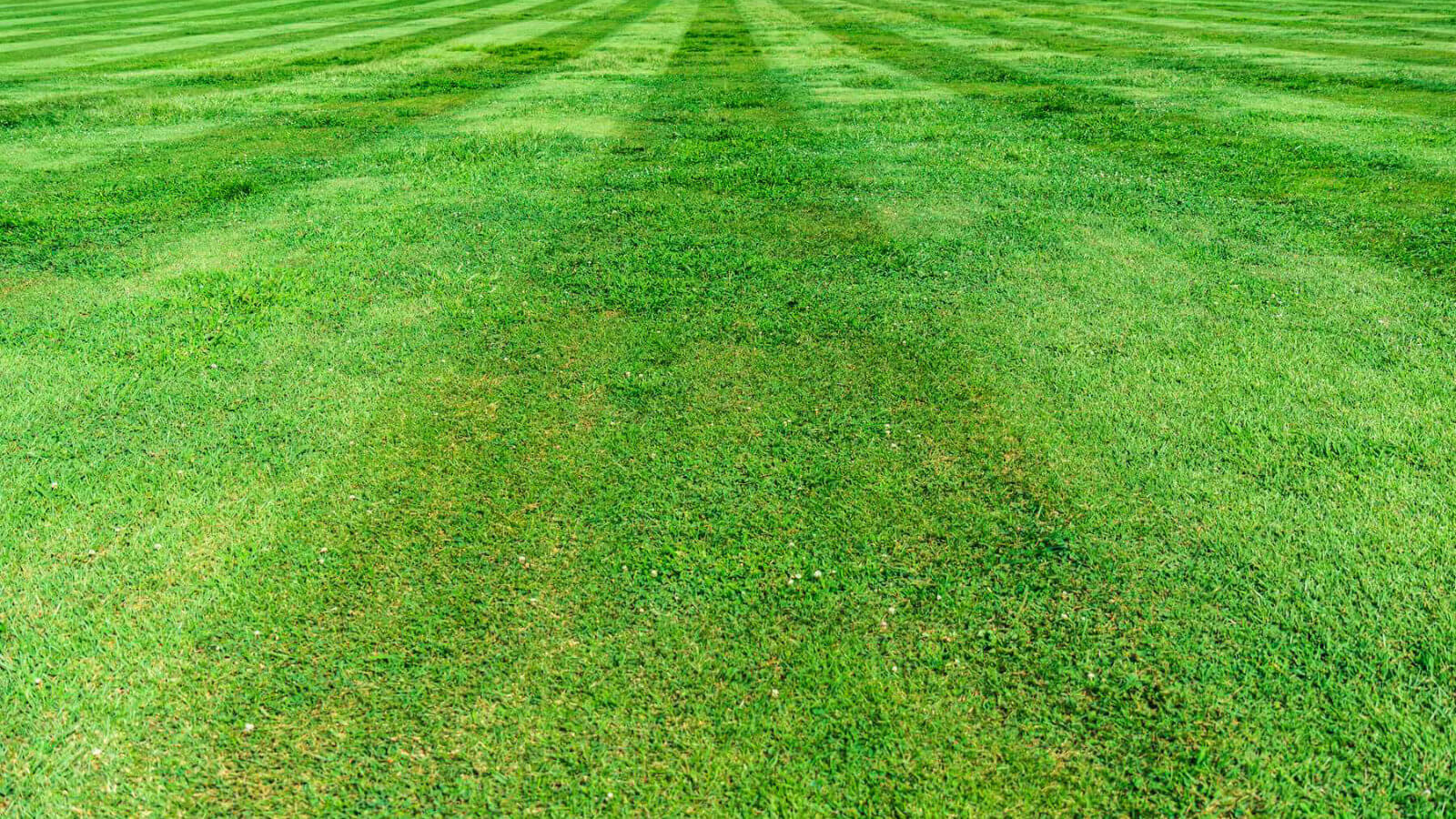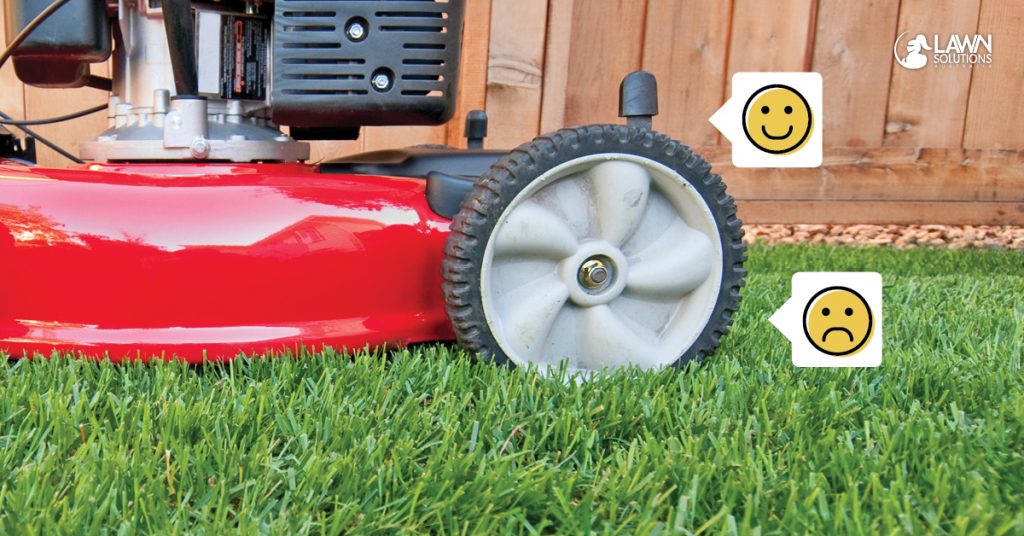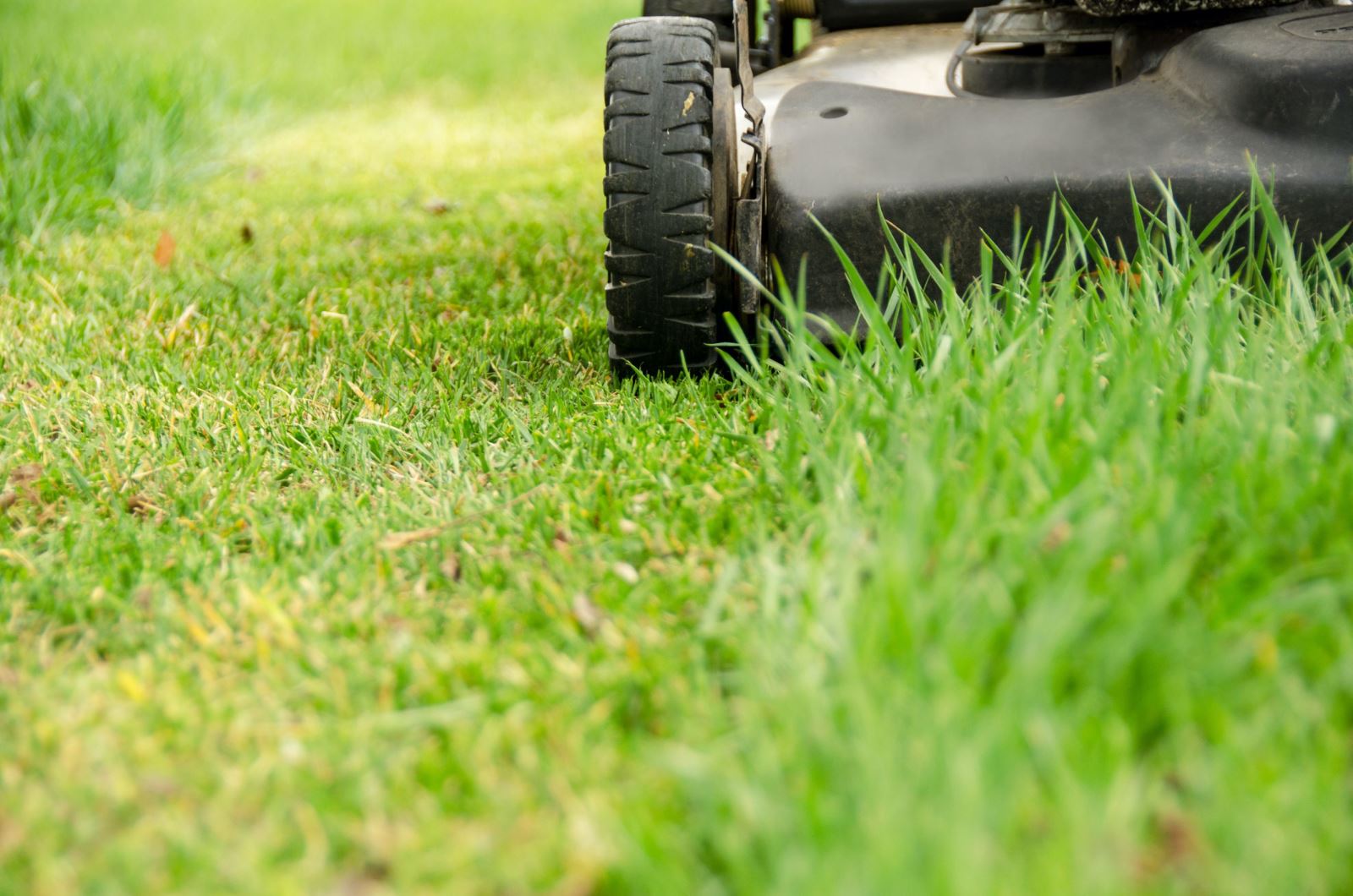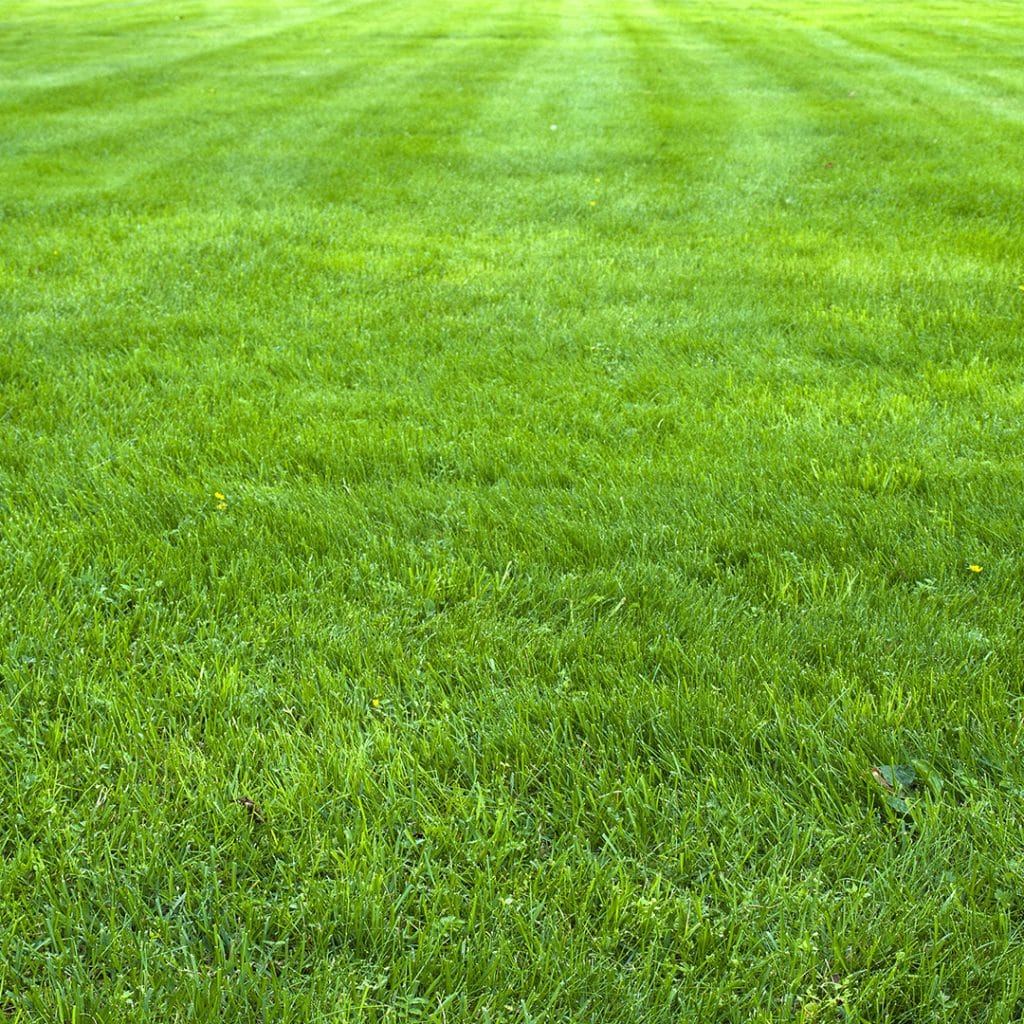Why Spring is the Perfect Time to Reassess Your Lawn Care Routine
As the last wisps of winter dissipate, spring arrives with a flurry of activity, and your lawn care routine should be no exception. This season presents the perfect opportunity to reassess your approach to lawn maintenance, ensuring a lush and healthy lawn that will thrive throughout the warmer months. One crucial aspect of lawn care is determining the best height to cut your grass in spring, a decision that can significantly impact the overall health and appearance of your lawn.
During the spring, your lawn is emerging from a period of dormancy, and it’s essential to provide the right conditions for healthy growth. Adjusting your lawn care routine to accommodate the changing seasons can help promote a dense, weed-free lawn that’s better equipped to withstand the challenges of summer. By reassessing your lawn care routine in the spring, you can identify areas for improvement and make the necessary adjustments to ensure a thriving lawn.
Some of the key benefits of reassessing your lawn care routine in the spring include promoting healthy growth, preventing weeds, and preparing your lawn for the warmer months. By taking a proactive approach to lawn care, you can help your lawn recover from the stresses of winter and establish a strong foundation for the growing season ahead. Whether you’re looking to improve the appearance of your lawn or simply want to create a more sustainable and environmentally friendly outdoor space, spring is the perfect time to reassess your lawn care routine and make positive changes.
So, what does this mean for your lawn care routine? It’s essential to consider factors such as mowing height, watering, and fertilization when reassessing your approach to lawn maintenance. By making informed decisions about these critical aspects of lawn care, you can help your lawn thrive and achieve the best possible results. In the next section, we’ll explore the importance of determining the ideal mowing height for your lawn, a crucial aspect of lawn care that can significantly impact the overall health and appearance of your outdoor space.
How to Determine the Ideal Mowing Height for Your Lawn
Determining the best height to cut your grass in spring is crucial for maintaining a healthy and thriving lawn. The ideal mowing height depends on several factors, including grass type, climate, and intended use. Understanding these factors will help you make informed decisions about your lawn care routine and ensure your lawn receives the best possible care.
Grass type is a critical factor in determining the ideal mowing height. Different types of grass have varying growth habits and requirements. For example, cool-season grasses such as Kentucky bluegrass and perennial ryegrass typically require a higher mowing height than warm-season grasses like Bermudagrass and zoysiagrass. Cool-season grasses should be mowed at a height of 2.5-3 inches, while warm-season grasses can be mowed at a height of 1-2 inches.
Climate is another essential factor to consider when determining the ideal mowing height. Lawns in areas with high temperatures and low rainfall may require a higher mowing height to help the grass survive. In contrast, lawns in areas with mild temperatures and ample rainfall can be mowed at a lower height. Intended use is also a critical factor, as lawns that will be used for recreational purposes may require a lower mowing height to ensure safety and aesthetics.
To measure and adjust your mower to the optimal height, follow these steps:
1. Check your mower’s manual to determine the recommended mowing height for your specific model.
2. Measure the height of your grass using a ruler or measuring tape.
3. Adjust the mower to the recommended height, taking into account the factors mentioned above.
4. Test the mower at the new height to ensure it is cutting the grass evenly and not leaving any patches or clumps.
By considering these factors and following these steps, you can determine the best height to cut your grass in spring and ensure your lawn receives the best possible care. In the next section, we’ll explore the benefits of cutting your grass at the recommended height, including improved density, reduced weed growth, and increased drought tolerance.
The Benefits of Cutting Your Grass at the Right Height
Cutting your grass at the right height is crucial for maintaining a healthy and thriving lawn. When you cut your grass at the recommended height, you can expect several benefits, including improved density, reduced weed growth, and increased drought tolerance. These benefits can help you achieve a lush and healthy lawn that will be the envy of your neighbors.
Improved density is one of the most significant benefits of cutting your grass at the right height. When you cut your grass too low, you can damage the blades and create an environment that is conducive to weed growth. By cutting your grass at the recommended height, you can promote healthy growth and create a dense, weed-free lawn. This can also help to prevent soil erosion and reduce the need for fertilizers and pesticides.
Reduced weed growth is another significant benefit of cutting your grass at the right height. Weeds can quickly take over a lawn that is not properly maintained, and can be difficult to eradicate once they have established themselves. By cutting your grass at the recommended height, you can prevent weeds from growing and create an environment that is not conducive to their growth. This can save you time and money in the long run, as you will not have to spend as much time and resources on weed control.
Increased drought tolerance is also a significant benefit of cutting your grass at the right height. When you cut your grass too low, you can stress the blades and make them more susceptible to drought. By cutting your grass at the recommended height, you can promote healthy growth and create a lawn that is more resistant to drought. This can be especially beneficial in areas where water is scarce, as it can help to reduce your water bill and create a more sustainable lawn.
Overall, cutting your grass at the right height is essential for maintaining a healthy and thriving lawn. By doing so, you can promote healthy growth, reduce weed growth, and increase drought tolerance. In the next section, we’ll explore common mistakes to avoid when cutting your grass in the spring, including cutting too low, not leaving enough grass blade, and neglecting to maintain your mower.
Common Mistakes to Avoid When Cutting Your Grass in the Spring
When it comes to cutting your grass in the spring, there are several common mistakes that homeowners make that can damage their lawn and hinder its growth. By avoiding these mistakes, you can ensure that your lawn looks its best and remains healthy throughout the growing season.
One of the most common mistakes homeowners make when cutting their grass in the spring is cutting it too low. Cutting your grass too low can stress the blades and make them more susceptible to disease and pests. It can also lead to an increase in weed growth, as weeds can quickly take over a lawn that is not properly maintained. To avoid this mistake, make sure to cut your grass at the recommended height for your specific type of grass.
Another mistake homeowners make when cutting their grass in the spring is not leaving enough grass blade. Leaving enough grass blade is essential for promoting healthy growth and preventing weed growth. When you cut your grass too short, you can damage the blades and create an environment that is conducive to weed growth. To avoid this mistake, make sure to leave at least 2-3 inches of grass blade when cutting your grass.
Neglecting to maintain your mower is another common mistake homeowners make when cutting their grass in the spring. A well-maintained mower is essential for cutting your grass evenly and preventing damage to the blades. To avoid this mistake, make sure to regularly maintain your mower, including sharpening the blade and changing the oil.
Other common mistakes homeowners make when cutting their grass in the spring include cutting in the same pattern every time, not using a mulching mower, and not edging the lawn. Cutting in the same pattern every time can create ruts in the lawn and lead to an uneven cut. Not using a mulching mower can lead to a buildup of clippings on the lawn, which can create an environment that is conducive to disease and pests. Not edging the lawn can lead to an uneven appearance and create an environment that is conducive to weed growth.
By avoiding these common mistakes, you can ensure that your lawn looks its best and remains healthy throughout the growing season. In the next section, we’ll explore the importance of choosing the right mowing height for your specific type of grass, including cool-season, warm-season, and transitional grasses.
Grass Type Matters: How to Choose the Best Mowing Height for Your Lawn
When it comes to choosing the best mowing height for your lawn, the type of grass you have is a crucial factor to consider. Different types of grass have varying growth habits and requirements, and mowing at the right height can make all the difference in achieving a lush and healthy lawn.
Cool-season grasses, such as Kentucky bluegrass, perennial ryegrass, and tall fescue, typically require a higher mowing height than warm-season grasses. These grasses thrive in cooler temperatures and can be mowed at a height of 2.5-3 inches. Mowing at this height allows the grass to grow tall enough to shade out weeds and retain moisture, but not so tall that it becomes susceptible to disease and pests.
Warm-season grasses, such as Bermudagrass, zoysiagrass, and buffalograss, require a lower mowing height than cool-season grasses. These grasses thrive in warmer temperatures and can be mowed at a height of 1-2 inches. Mowing at this height allows the grass to grow dense and compact, but not so low that it becomes stressed and vulnerable to disease and pests.
Transitional grasses, such as ryegrass and fine fescue, are a mix of cool-season and warm-season grasses and require a mowing height that falls somewhere in between. These grasses can be mowed at a height of 2-2.5 inches, depending on the specific type of grass and the climate in which it is growing.
It’s also important to consider the intended use of your lawn when choosing the best mowing height. If you plan to use your lawn for recreational purposes, such as playing sports or hosting barbecues, you may want to mow it at a lower height to create a smooth and even surface. However, if you plan to use your lawn for more low-key activities, such as gardening or simply enjoying the outdoors, you may be able to get away with mowing it at a higher height.
Ultimately, the best mowing height for your lawn will depend on a combination of factors, including the type of grass, climate, and intended use. By taking the time to research and understand the specific needs of your lawn, you can choose the best mowing height and achieve a lush and healthy lawn that will be the envy of your neighbors.
Additional Tips for a Healthy and Thriving Lawn
In addition to cutting your grass at the right height, there are several other tips you can follow to maintain a healthy and thriving lawn. Proper watering, fertilization, and pest control are all essential for keeping your lawn looking its best.
Proper watering is crucial for maintaining a healthy lawn. Overwatering can lead to shallow root growth, while underwatering can cause the grass to become stressed and vulnerable to disease and pests. The key is to find a balance and water your lawn deeply but infrequently. This will encourage deep root growth and make your lawn more resistant to drought.
Fertilization is also important for maintaining a healthy lawn. Fertilizers provide essential nutrients that promote healthy growth and development. However, it’s essential to choose a fertilizer that is specifically formulated for your type of grass and to follow the instructions carefully. Overfertilization can damage your lawn and harm the environment.
Pest control is another essential aspect of lawn care. Pests such as white grubs, chinch bugs, and billbugs can cause significant damage to your lawn if left unchecked. The key is to identify the pest and use a control method that is specifically designed to target that pest. This may include using insecticides, introducing beneficial insects, or modifying your lawn care practices to make your lawn less appealing to pests.
In addition to these tips, there are several other things you can do to maintain a healthy and thriving lawn. Regularly aerating your lawn can help to improve drainage and reduce soil compaction. Dethatching your lawn can help to remove dead grass and debris and promote healthy growth. And, of course, regular mowing, edging, and trimming are all essential for keeping your lawn looking its best.
By following these tips and incorporating them into your lawn care routine, you can maintain a healthy and thriving lawn that will be the envy of your neighbors. Remember, a healthy lawn is not just aesthetically pleasing, it’s also better for the environment and can even increase the value of your property.
Conclusion: Cutting Your Grass to Perfection this Spring
As we conclude this ultimate guide to cutting your grass, we hope that you have gained a better understanding of the importance of adjusting your lawn care routine in the spring. By following the tips and guidelines outlined in this article, you can achieve a lush and healthy lawn that will be the envy of your neighbors.
Remember, the key to a perfect lawn is to find the best height to cut your grass in spring, taking into account factors such as grass type, climate, and intended use. By doing so, you can promote healthy growth, prevent weeds, and prepare your lawn for the warmer months.
In addition to cutting your grass at the right height, it’s also important to maintain a regular lawn care routine, including proper watering, fertilization, and pest control. By following these tips and incorporating them into your lawn care routine, you can achieve a healthy and thriving lawn that will last throughout the growing season.
Don’t forget to avoid common mistakes such as cutting too low, not leaving enough grass blade, and neglecting to maintain your mower. By avoiding these mistakes, you can ensure that your lawn looks its best and remains healthy throughout the growing season.
By putting your newfound knowledge into practice, you can achieve a lush and healthy lawn that will be the perfect addition to your outdoor living space. So why wait? Get out there and start cutting your grass to perfection this spring!
Maintenance is Key: How to Keep Your Lawn Looking its Best
Regular maintenance is crucial for keeping your lawn looking its best. By incorporating regular mowing, edging, and trimming into your lawn care routine, you can ensure that your lawn remains healthy and thriving throughout the growing season.
Regular mowing is essential for maintaining a healthy lawn. By mowing your lawn regularly, you can promote healthy growth, prevent weeds, and maintain a uniform appearance. It’s also important to maintain your mower regularly, including sharpening the blade and changing the oil, to ensure that it continues to perform at its best.
Edging is another important aspect of lawn maintenance. By edging your lawn regularly, you can create a clean and defined border between your lawn and surrounding gardens or hardscapes. This can help to prevent weeds and grass from growing into these areas, and can also help to create a more visually appealing landscape.
Trimming is also an important part of lawn maintenance. By trimming your lawn regularly, you can remove any dead or damaged grass, and can help to promote healthy growth. This can also help to prevent weeds and pests from taking hold, and can help to maintain a uniform appearance.
In addition to regular mowing, edging, and trimming, there are several other things you can do to keep your lawn looking its best. Regularly watering and fertilizing your lawn can help to promote healthy growth, and can help to maintain a lush and vibrant appearance. Regularly inspecting your lawn for pests and diseases can also help to prevent problems from taking hold, and can help to maintain a healthy and thriving lawn.
By incorporating these maintenance tasks into your lawn care routine, you can ensure that your lawn remains healthy and thriving throughout the growing season. Remember, a well-maintained lawn is not only visually appealing, but can also increase the value of your property and provide a safe and enjoyable outdoor space for you and your family.







